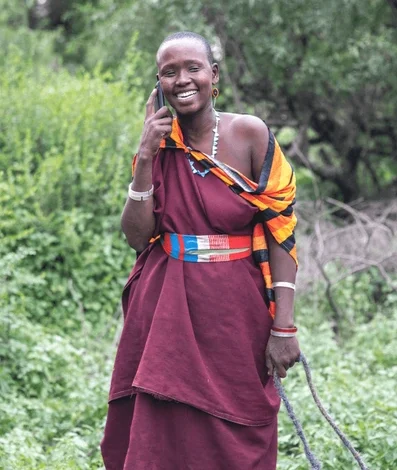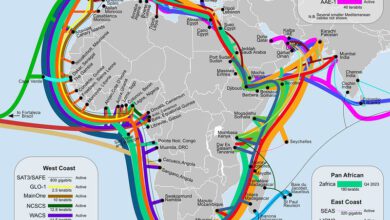Internet Use Habits in Rural vs. Urban Areas

Introduction
Growing up, my siblings and I visited our quiet village in the southwest of Nigeria. Back then, we used to joke about terrible networks. But years later, when I returned alone, it wasn’t funny anymore. I watched Amina walk two kilometers to receive her school resumption date update while her friend in the city received it instantly.
That’s when I realized how horrible it feels to live without the internet. Let’s discuss the difference in detail.
The Inequality of Internet Access
We used to believe that the internet is everywhere and it is one of the few things that unites us all, no matter where we live. However, as you leave the city, the notion soon vanishes. Some statistics suggest penetration rates as high as 95%, particularly in technologically advanced nations such as the United States. However, the image becomes less balanced.
Globally, around 83% of urban areas have internet connectivity. Rural areas? Just 48%. In the world’s least developed regions, rural access shrinks to a shocking 25%.
Nigeria is no exception. With over 230 million inhabitants, it is Africa’s largest population and a growing digital powerhouse.
Cities like Lagos, Abuja, and Port Harcourt now have 4G, 5G, and public Wi-Fi hotspots to support education, business, and daily living. Meanwhile, about half of Nigeria’s population lives in rural areas, where the situation is different and more difficult.
Many people still rely on outmoded 2G networks. Device access is limited and frequently shared among households. Electricity is unpredictable, making charging a phone difficult. Despite years of political promises and infrastructural plans, the gap has yet to be closed. People want the connection, yet their settings make it difficult to access.
Internet Use Habits in Rural and Urban Areas
Today, the internet is more than a resource; it is a global system that enables file sharing, streaming, gaming, video conferencing, and all other forms of connectivity. However, not everyone experiences it in the same way.
In urban places, the internet is a key component of daily life. People utilize the internet to work remotely, attend virtual classes, stream entertainment, and even start businesses. Furthermore, better networks make it easier to implement technology such as cloud software, smart devices, and artificial intelligence-driven platforms.

Furthermore, urban users prefer to multitask online, such as viewing YouTube while buying or switching between Zoom meetings and side gigs. Many people do more than merely utilize the internet. It’s the atmosphere they live in.
In rural areas, however, internet habits are determined by limitation rather than choice. Here, connectivity is uncertain. Users may only go online to check messages, download assignments, or top up airtime. Applications load slowly, and updates are delayed, not out of choice, but due to the network’s refusal to comply.
Many people share devices, and electricity is unreliable. Even charging a phone can be challenging. The gap is not solely about speed or device ownership. It is about a mindset influenced by access. In the city, the internet opens many possibilities. In rural regions, individuals continue to knock.
This imbalance isn’t just inconvenient; it’s limiting possibilities. It restricts learning, disrupts communication, and widens the gap between those who have access to opportunities and those who are still waiting for one.
Final Thought
Although African nations have made significant progress in getting online, more work remains to ensure equality in these areas. Rather than operating as a barrier, the internet should function as a bridge.
However, reducing this gap should be our top priority so that a child in a rural town has an equal opportunity to study, connect, and flourish as an adolescent in a city.






